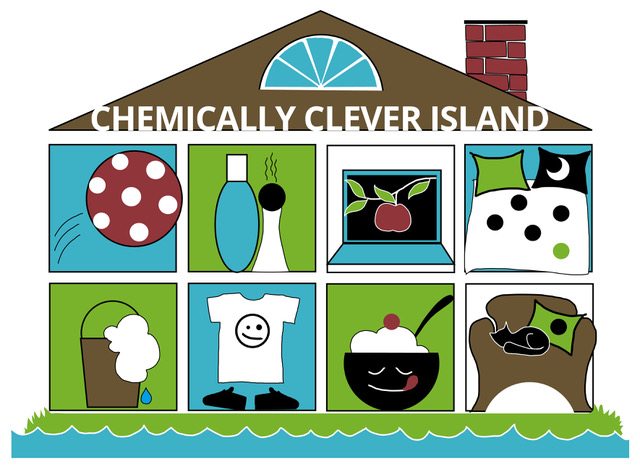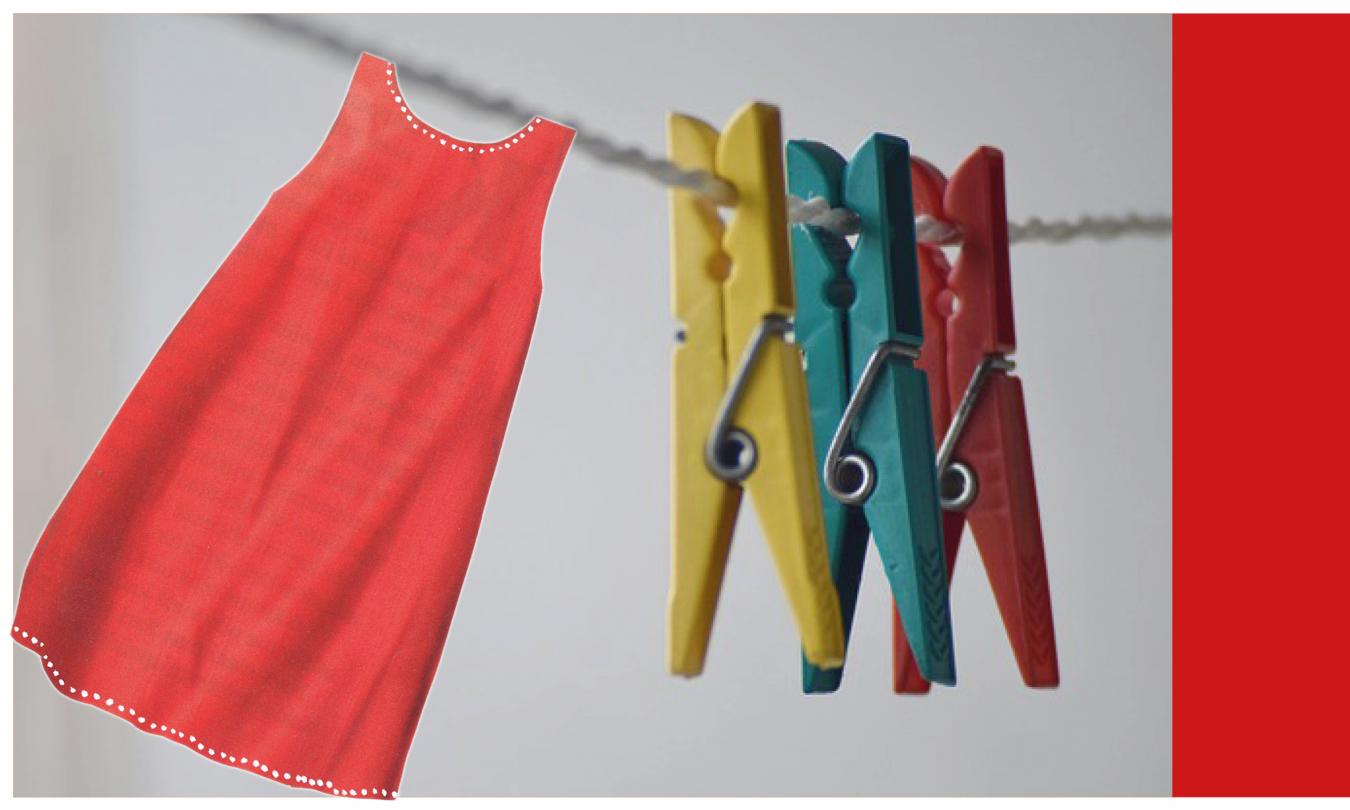Exhibition: Chemicals in clothes, Åland
WHAT?
A portable exhibition about chemicals in clothes, to be used as part of other events.
WHY?
We use clothes every day, and for most people it seems quite unlikely that ordinary garments may be treated with a lot of harmful substances. On the other hand: if you have the knowledge, many of them can be avoided. Ålands Natur & Miljö also needed a complement to flyers and pamphlets to bring to markets and other summer events: Something tangible that may ewoke discussions. The exhibition was also used at the Chemically Clever Fair in October
HOW?
A dozen of garments hang on a clothesline with clothespins, together with posters with information about the chemicals typical for each garment. The clothesline can be set up anywhere, depending on the event and the environment: against a wall, between trees etc. Examples of such garments are weather jackets and children’s overalls (PFAS; highly fluorinated substances), denim jeans (pesticides, dyes etc) and sweatshirts with plastic prints (PVC).
Recycling stuff and ideas: A low budget exhibition
Everyone can relate to the weather jacket or the baby sweatshirts with cool or cute plastic prints. Once you stop to watch and read, the news are shocking for most people: 0,9- 2 ,1 kilos of chemicals and 11 000 litres of water for producing just one pair of jeans! 40 000 cotton workers every year dying of toxins in the pesticides! Allergenic dimethyl fumarate, carcinogenic dyes, endocrine disrupting plastizers: So many hazardous chemicals in stuff we are using every day! On the other hand, since the items are so familiar, you may not even notice there is an exhibition going on. The portable exhibition Chemicals in clothes was a process of both recycling (the clothes, the ideas and the exhibition – in different events), and upcycling as we were learning. Chemicals in clothes was put together by two summer trainees. They gathered the garments, wrote the texts and printed the posters. But when they figured a clothes rack would be more practical than a clothesline, people didn’t even notice the exhibition. They just saw an ordinary clothes rack with quite boring worn-out clothes. At the next market, the clothesline was in place, clothespins and all, with every garment and poster clearly on display. Now people stopped to watch and read. But still the objects were so everyday that the exhibition was almost invisible. What we learned was this: Low budget ideas are OK, but they still need to be eye-catching.
Some suggestions of low budget visual improvements:
- The original posters were printed on ordinary A4 sheets. Neat, but too discrete. A3, maybe glued on black or colored cardboard, would have been more visual.
- One or two main colors for the whole exhibition: garments, posters, clothespins, flyers – anything possible – would have kept the exhibition together.
- Repetitive forms, illustrations or other visual elements could also have been used for framing and lifting the exhibition. For example, colorful and festive pennants of second hand fabrics between the garments might have fit the theme.

